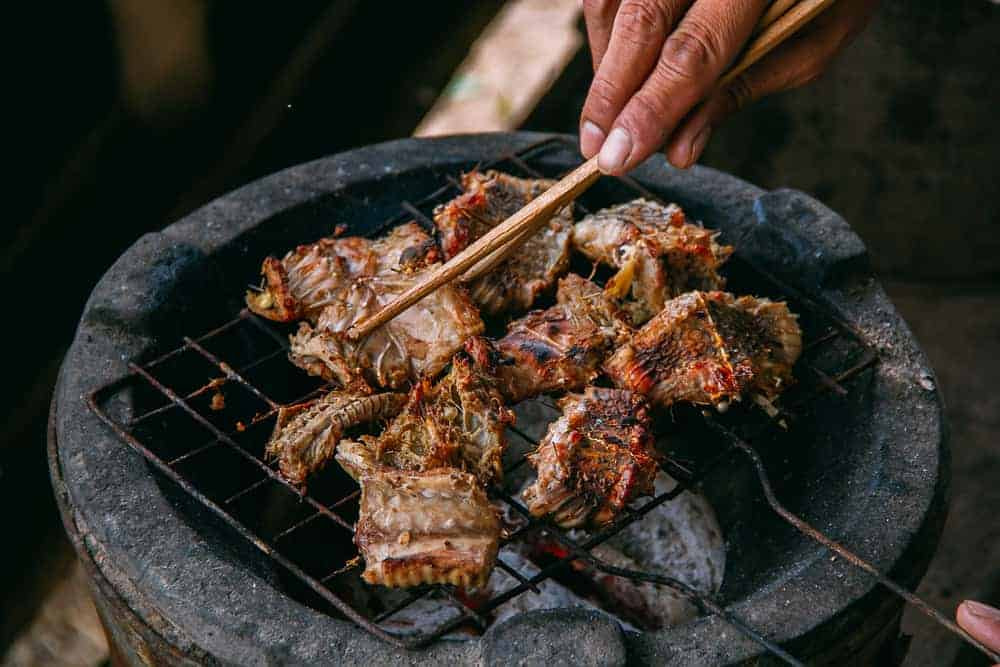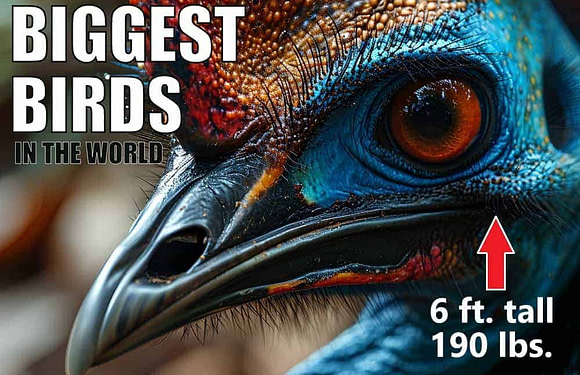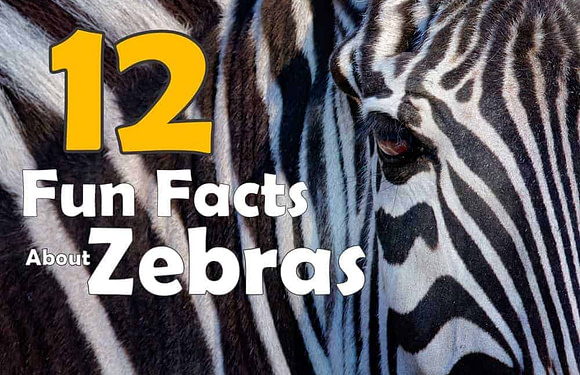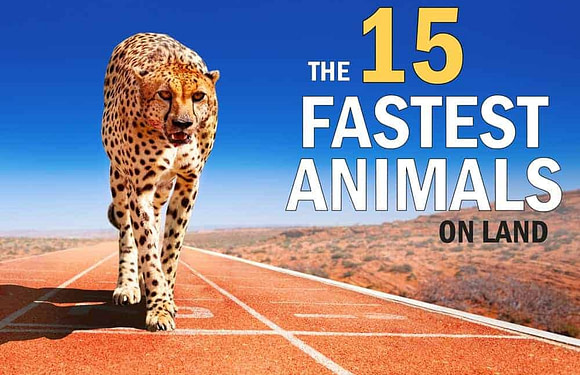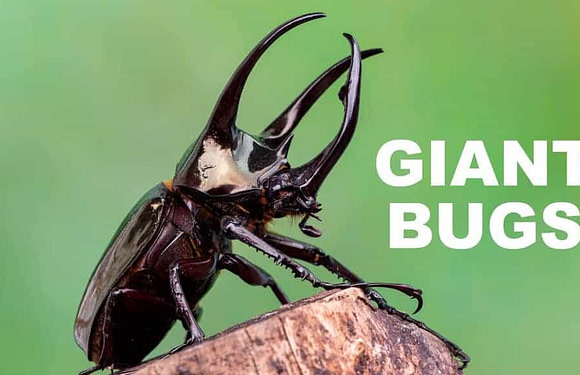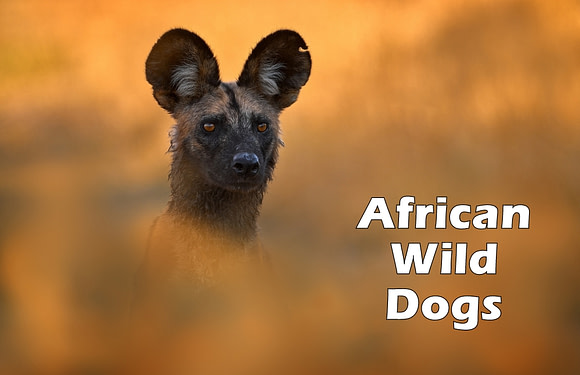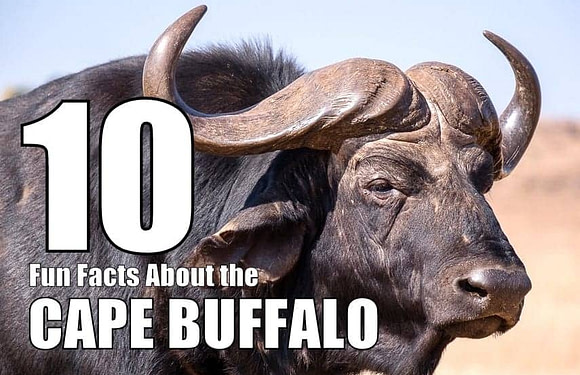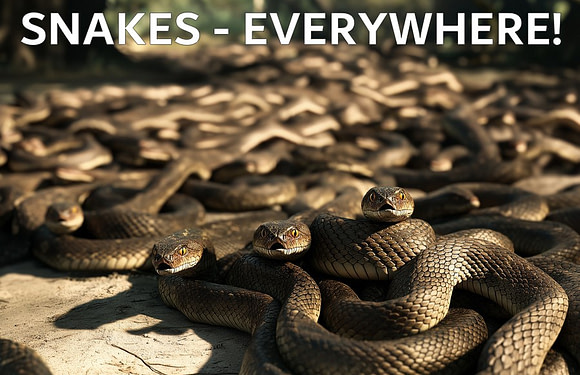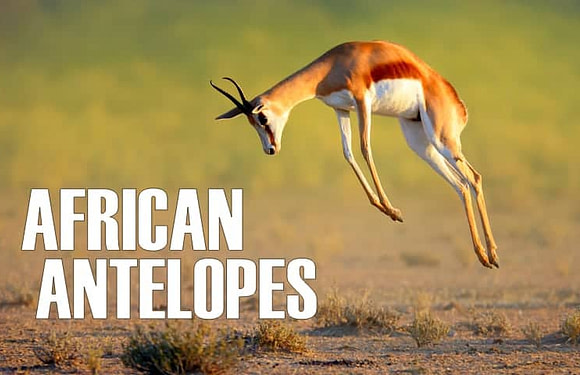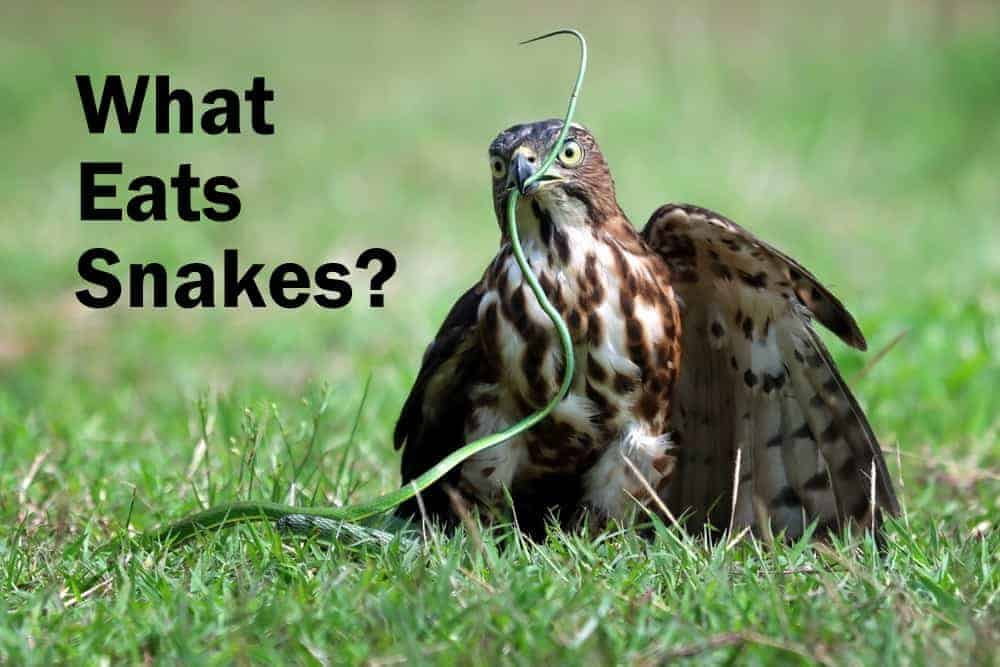
What is Ophiophagy?
Ophiophagy refers to the feeding behavior where animals specialize in hunting and consuming snakes. It’s a term derived from Greek, where ‘ophis’ means snake and ‘phagy’ means eating. This dietary habit is most famously observed in certain snake species but can also occur in other animal groups, including various birds, mammals, fish, and other reptiles.
Snake Eating Adaptations
Animals that exhibit ophiophagy have evolved specific adaptations to efficiently handle their serpentine prey. This behavior likely stems from the competitive advantage it provides. It allows them to exploit a food source that might be difficult or dangerous for other animals.
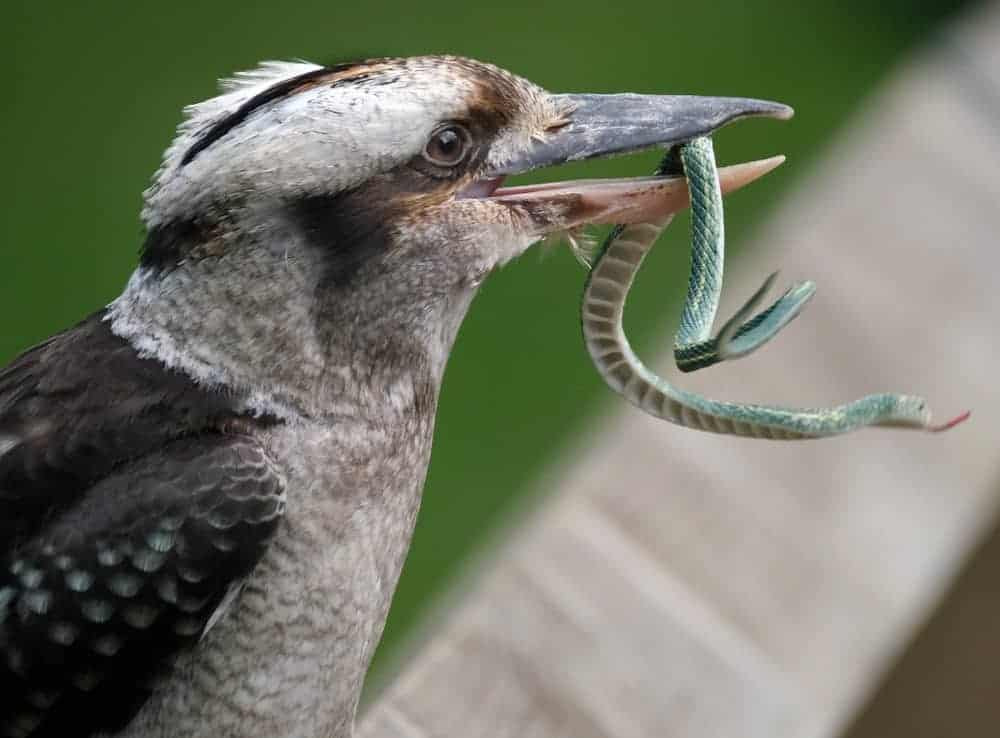
Ophiophagous species help control snake populations which might otherwise increase to levels that could be detrimental to the environment. By preying on snakes, these animals prevent potential overpopulation, which is vital for maintaining healthy ecosystems and biodiversity.
In the food chain, snakes are considered either secondary consumers and tertiary consumers, depending on the diet of the particular species. Primary consumers are those that eat producers (plants). Secondary consumers are those that eat primary consumers (herbivores), while tertiary consumers are those that eat secondary consumers (carnivores). Snakes can be prey for other tertiary consumers or quaternary consumers, also known as apex predators.
Many have enhanced senses help them detect and stalk their prey. They have a combination of speed, agility and power to subdue snakes. Some animals have even developed resistance to their venom. This allows them to attack venomous snakes with a low risk of death. Finally, ophiophagic animals have robust digestive systems that are capable of processing their meals, which are relatively large and tough compared to other prey.
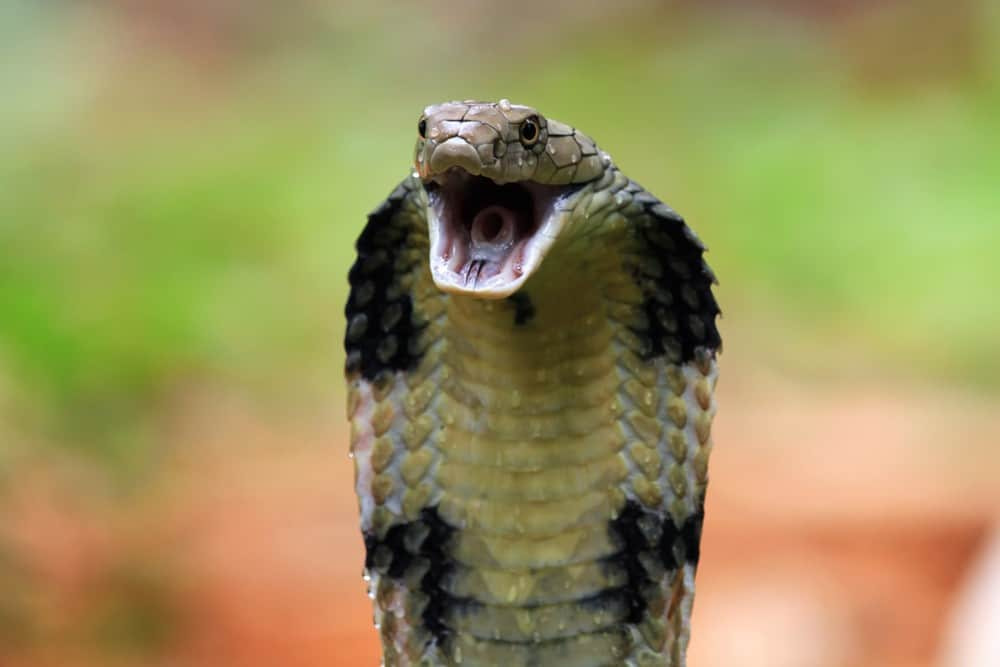
Birds That Eat Snakes
Numerous bird species consume snakes. Some birds are specifically adapted to hunting and consuming these reptiles such as birds of prey. They are highly effective snake hunters, using their exceptional vision, speed, and sharp talons to spot, swoop down, and capture snakes. Notable examples include:

- Herons, Kingfishers, and Egrets: These birds occasionally catch and eat smaller snakes, especially those they encounter while wading through wetlands.
- Eagles, Falcons and Hawks: Many raptors, such as the bald eagle and various hawks, prey on snakes.
- Cranes: Similar to herons, cranes can occasionally eat snakes using their long legs and beaks.
- Secretary Birds: These birds stomp on snakes, effectively killing or stunning them before consumption.
- Roadrunners: Roadrunners chase down and kill snakes. They use their quickness to strike at the head and then bash the snake against rocks or hard ground to kill it.
- Kites: Snail kites and other kite species snatch up snakes from the ground or from water.
- Buzzards: Buzzards, particularly those in tropical regions, will sometimes add snakes to their diet.
- Crows and Ravens: These intelligent birds sometimes attack and kill snakes. They are known to work in groups to distract and peck at a snake until they can safely kill it.
- Owls: Certain owl species, like the great horned owl, include snakes in their diet, taking advantage of their nocturnal hunting capabilities.
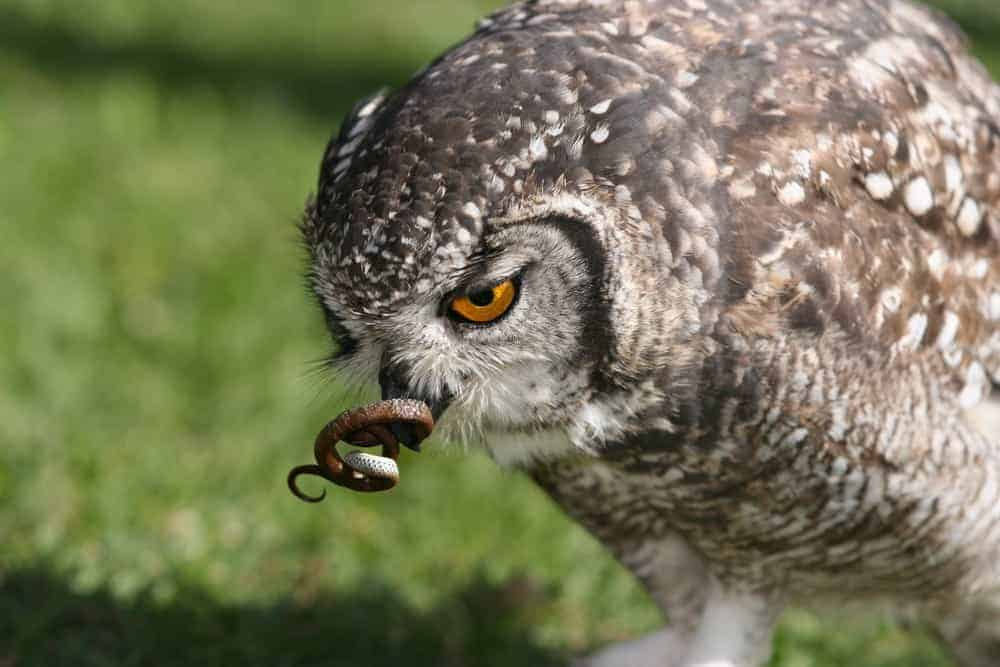
Mammals That Eat Snakes
Several mammal species are known to prey on snakes. The frequency can vary widely, ranging from occasional opportunistic feeding to a diet mainstay. Mammals that eat snakes display a variety of techniques and adaptations, from venom resistance to hunting strategies. Here are some examples:
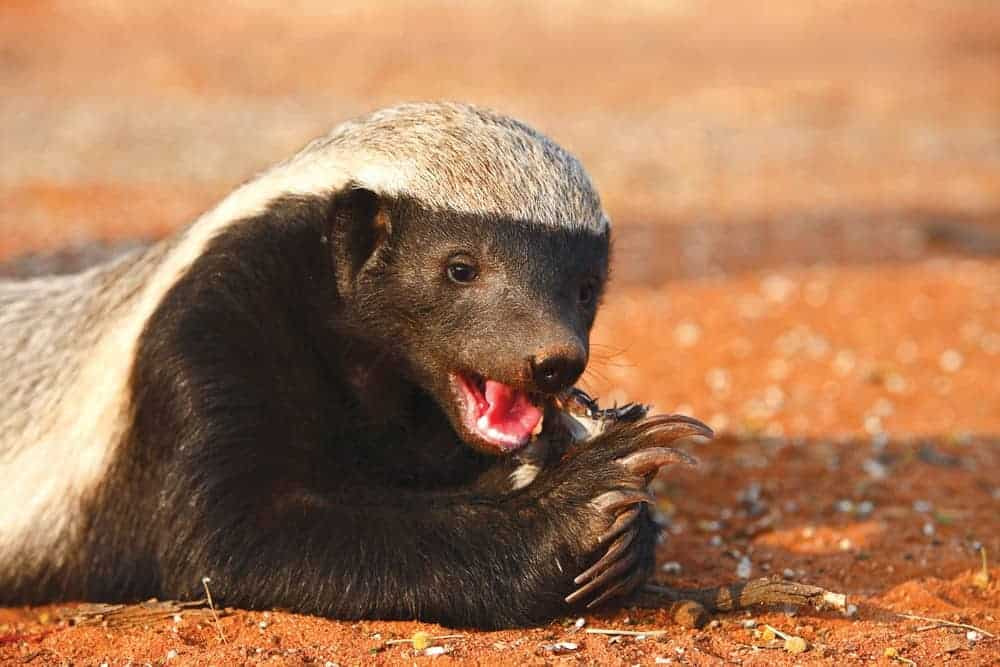
- Honey Badgers: These fearless animals are notorious for eating snakes. They have a resistance to some snake venoms, which allows them to prey on venomous snakes.
- Mongoose: Mongoose have the ability to fight and eat snakes, including venomous ones. Their agility and speed, along with a resistance to venom, make them predators.
- Canids: Several dog-like canids are cunning snake predators, including gray wolves, coyotes, foxes, jackals.
- Large Cats: Big cats such as leopards and jaguars sometimes hunt and eat snakes as part of their varied diet.
- Raccoons: Known for their cunning and dexterity, raccoons occasionally prey on snakes, especially in North American forested wetlands.
- Skunks: Skunks, though primarily scavengers, occasionally hunt and eat snakes.
- Civets: These small, cat-like mammals eat snakes among a broader omnivorous diet.
- Meerkats: Meerkats occasionally tackle snakes as a group.
- Wild Boars: Wild boars can prey on snakes when the opportunity arises.
- Binturongs: Also known as bear cats, these Southeast Asian mammals have a varied diet that includes occasional snakes.
- Opposums: As opportunistic feeders, opossums have a varied diet that includes snakes. They have immunity to certain types of snake venom, such as rattlesnakes and copperheads.
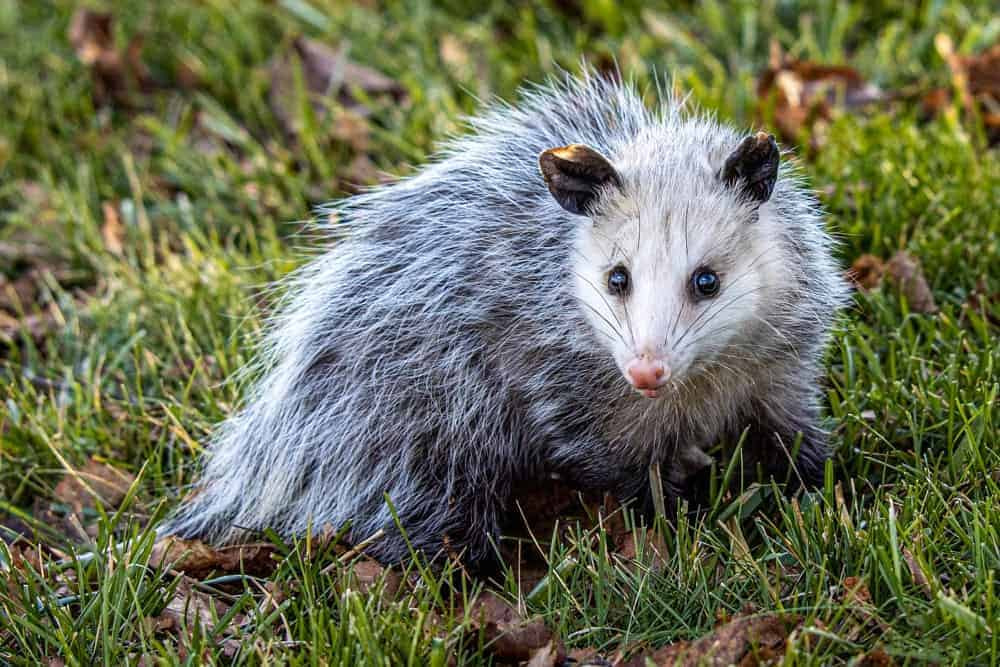
Marine Mammals That Eat Snakes
The interaction between marine mammals and snakes is relatively rare due to the different habitats they occupy. However, there are exceptions where their worlds overlap. There are certain species of aquatic snakes, such as the sea snake, that inhabit ocean environments and could come into contact with marine mammals. The venomous nature of the sea snake and the general dietary preferences of marine mammals make interaction uncommon.

- Dolphins: US Navy dolphins that have been trained to look for mines were filmed hunting and eating yellow-bellied sea snakes. This snake is highly venomous and may also be toxic to ingest. However, this particular bottlenose dophin consumed eight snakes and did not appear to suffer any ill effects.
- Leopard Seals: Leopard seals have been reported to eat sea snakes, but then regurgitate them due to their toxicity.
Fish That Eat Snakes
Certain fish are known to prey on snakes, especially in freshwater environments where snakes might enter or live near water bodies.
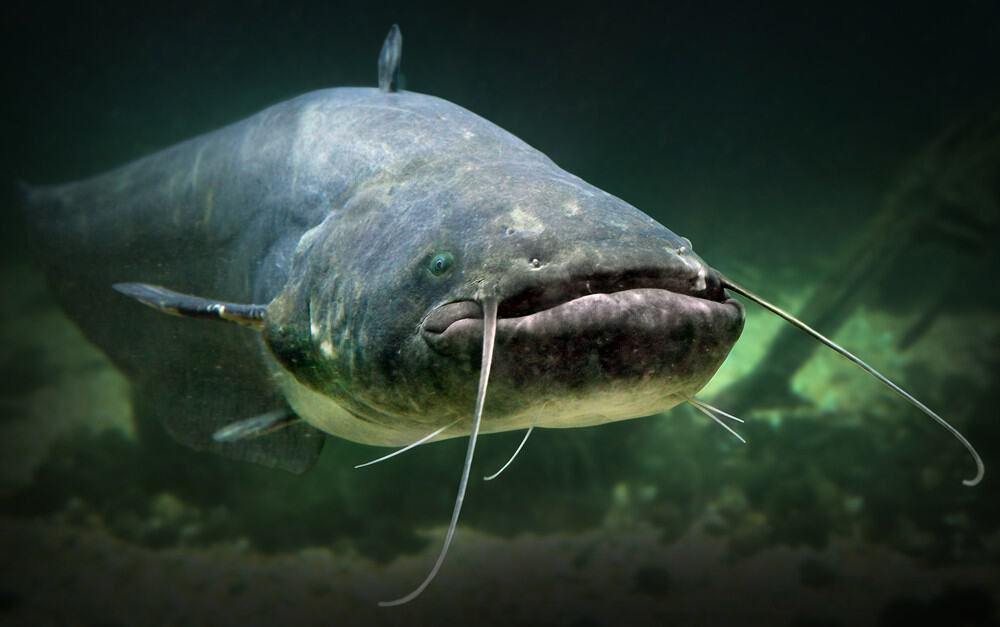
- Catfish: Larger species are powerful enough to engulf snakes they encounter.
- Pike: Pike lurk in weedy shallows waiting to ambush prey that comes too close, including small snakes.
- Pike and Muskellunge: These aggressive freshwater fish are capable of eating snakes that swim or fall into their territory.
- Bull Sharks: These sharks are aggressive predators and have been known to consume freshwater snakes.
- Giant Trevally: The giant trevally occasionally eats small sea snakes as part of its diverse diet.
- Bass: Both largemouth and smallmouth bass are opportunistic feeders that can consume young or small snakes that enter their territory.
- Snakeheads: This group of predatory fish is known for its ability to consume a variety of prey, including snakes. Their name itself reflects their snake-like appearance.
- Nile Perch: This large freshwater fish preys on smaller snakes.
- Alligator Gar: The alligator gar’s sharp teeth and powerful jaws make it well-suited to consuming snakes.
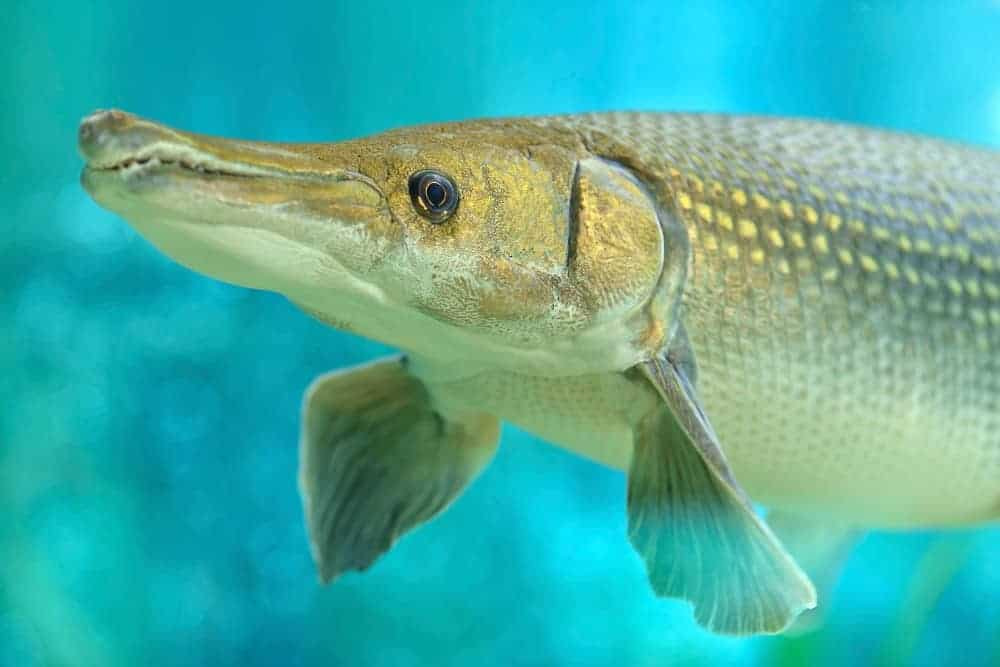
Reptiles That Eat Snakes
There are reptiles that eat snakes, including snakes themselves. They typically have venom resistance or immense physical strength.
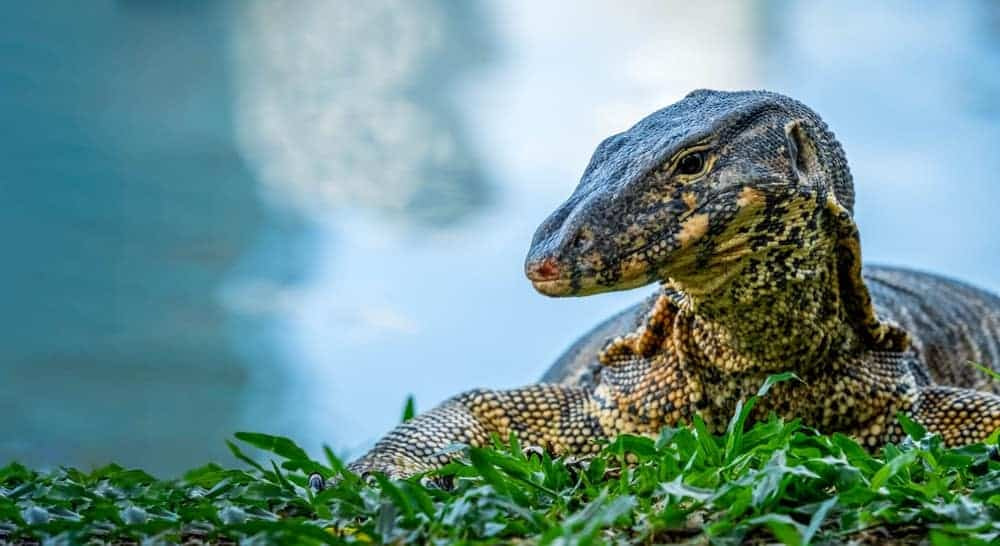
- Monitor Lizards: Some large monitor lizards, such as the Komodo dragon and water monitors, will prey on snakes. They overpower with their size and strength.
- Crocodiles and Alligators: These large reptiles use their powerful jaws to capture and consume snakes.
- Reticulated Pythons: As one of the longest snakes in the world, reticulated pythons have the capacity to consume larger snakes. They use their constricting power to subdue their prey.
- King Cobras: The diet of these snakes primarily consists of other snakes. They are immune to certain snake venoms.
- Other Snakes: Many snakes are ophiophagous, meaning they specialize in eating other snakes. Examples include the North American kingsnake, which preys on venomous and non-venomous snakes alike.
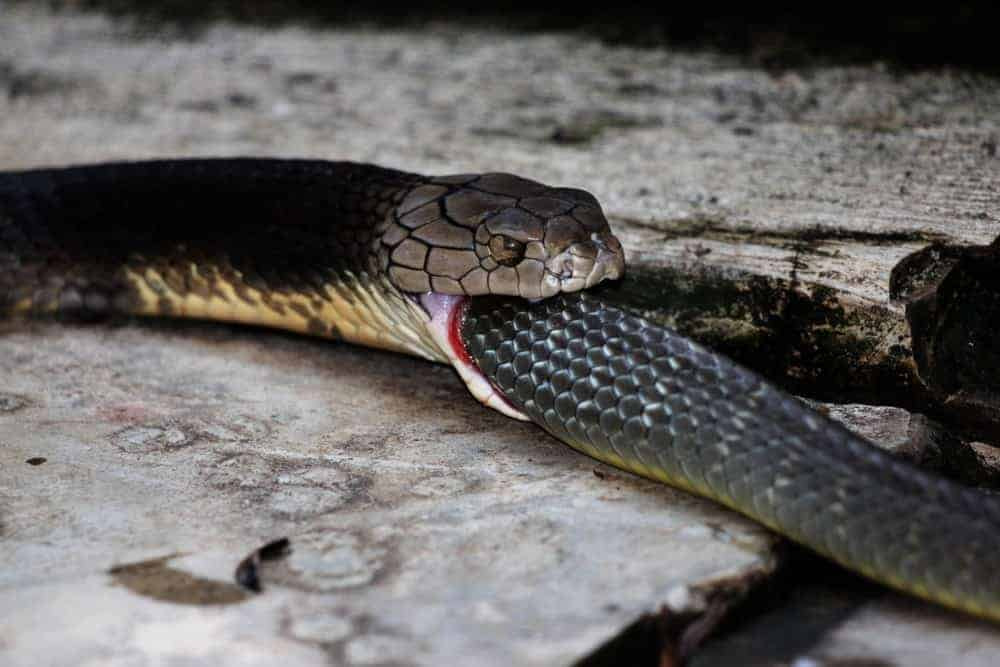
Insects That Eat Snakes
Insects are not typically thought of as snake predators. However, insects can indeed prey on snakes. This typically occurs when the snake is not at its full capacity to resist or escape due to it being young, injured, or sick.
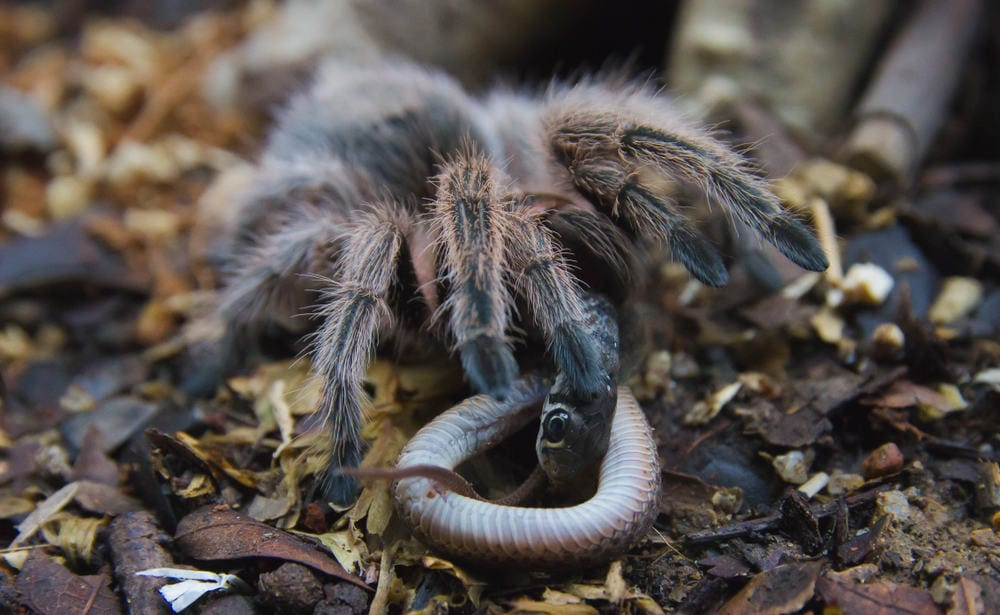
- Tarantulas: Large tarantulas have been observed preying on snakes. Their big bodies and strong venoms make them capable of taking on snakes that are manageable in size.
- Golden Silk Orb-Weavers: These spiders have occasionally been reported to capture and kill small snakes that blunder into their webs.
- Redback Spiders: These Australian venomous spiders can take down juvenile snakes caught in their webs.
- Giant Water Bugs: These insects use their stealth and camouflage to ambush snakes.
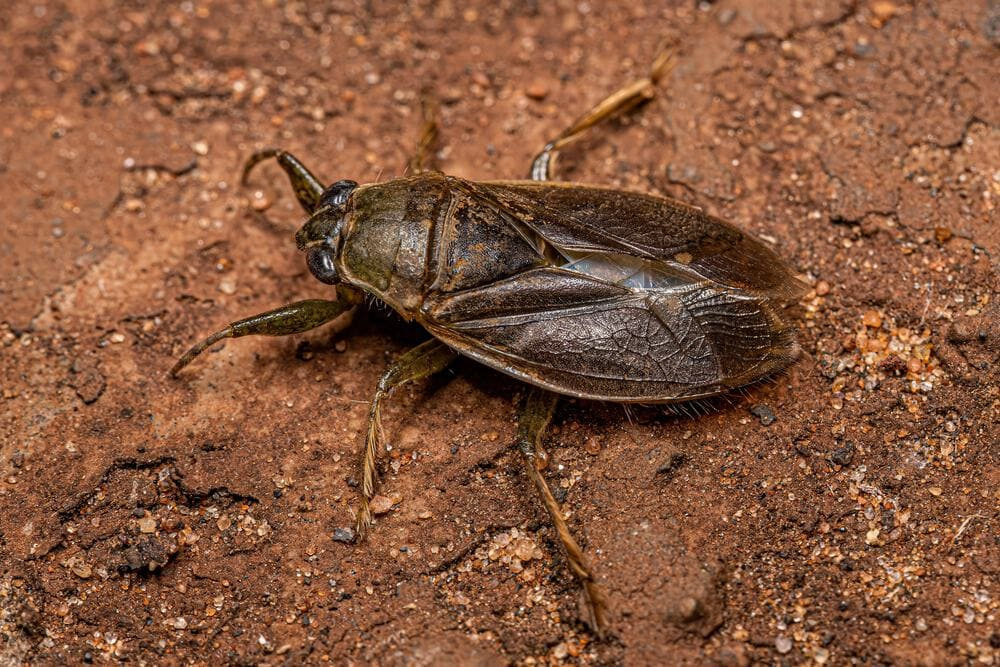
Human Cultures That Eat Snakes
Humans have a long history of consuming snakes, with snake meat integrated into the culinary traditions of various cultures around the world. While not a staple in most diets, it is featured in traditional and contemporary dishes in several regions.
Preparation methods vary widely, but generally involve skinning and deboning the snake, followed by cooking it through boiling, frying, or grilling. In many places, the entire snake is used, including its skin, blood, and organs, to minimize waste and maximize nutritional intake.

- Southeast Asia: In countries like Vietnam, Thailand, and Cambodia, snake meat is a common ingredient in the local cuisine. It’s often served in restaurants or as street food. Dishes might include snake soup, grilled snake, and snake wine, which is believed to have health benefits.
- China: Snake meat is considered a delicacy in many parts of China, particularly in southern regions such as Guangdong and Hong Kong. It’s typically cooked in soups or stews, and is thought to warm the body and treat various health issues according to traditional Chinese medicine.
- United States: In the Southern states, rattlesnake meat is featured in local cuisines. It’s often fried or barbecued and is a novelty dish at certain festive gatherings, such as rattlesnake roundups.
- Australia: In certain Indigenous communities, snakes are eaten as part of traditional diets, although this practice is less common today.
- Africa: In some African countries, particularly in Central and West Africa, snake meat is consumed out of necessity or preference. It is either smoked, dried, or used in stews.
